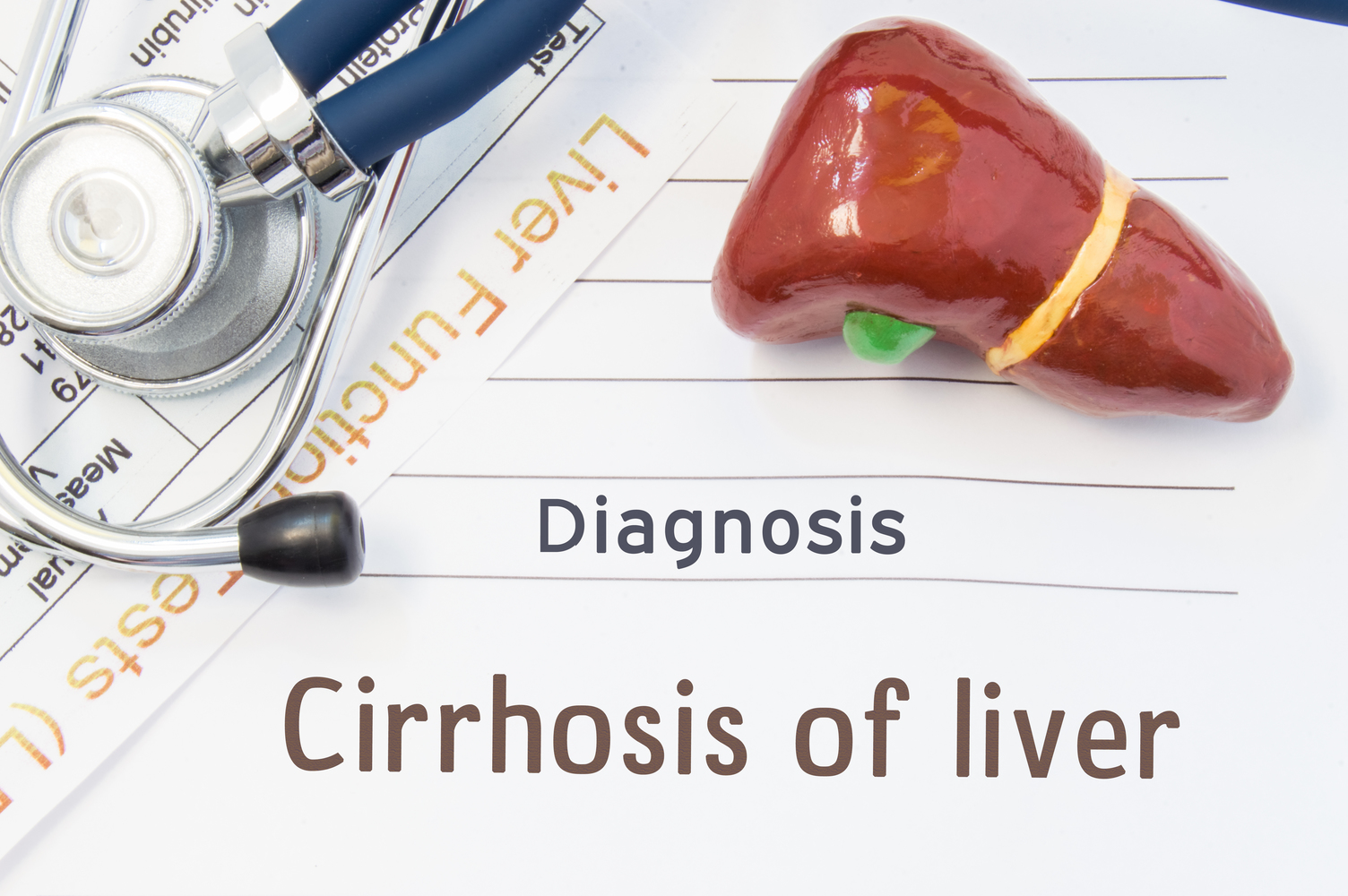
All you need to know about cirrhosis of the liver
Cirrhosis of the liver occurs when the healthy tissues are replaced by scar tissues as a result of alcohol abuse or hepatitis C. Cirrhosis of the liver can be a serious condition if left untreated for a long time and can even cause death.
Causes of liver cirrhosis
Some of the most common causes of liver cirrhosis are chronic alcoholism, hepatitis C, excess iron residues in the body, infections such as syphilis, cystic fibrosis, genetic digestive disorder, fatty liver disease which is not caused by alcohol, hardening of the bile ducts, autoimmune hepatitis, accumulation of copper in the liver, destruction of bile ducts, medications such as methotrexate or isoniazid, exposure to toxic substances such as pesticides, blocked flow of bile, nonexistence of bile ducts in some children, or galactosemia or alpha-1-antitrypsin deficiency.
Symptoms of liver cirrhosis
The symptoms of cirrhosis may not be evident until it has reached an advanced stage. The main reason for these symptoms is the liver’s inability to filter the blood, break down toxins, absorb fats, and produce clotting proteins.
Some of the most common signs and symptoms of liver cirrhosis are mentioned below:
- Tiredness and fatigue
- Irregular menstruation cycles or menopause in women
- Bleeding
- Bruising
- Swelling in abdomen, legs, feet, and ankles
- Jaundice
- Loss of sex drive and breast enlargement in men
- Hepatic encephalopathy that causes confusion, drowsiness, slurred speech, etc.
- Unexplained loss of appetite
- Weight loss
- Anorexia
- Itchy skin
- Redness, especially in the palm of the hands
- Accumulation of fluids in the abdomen
- Nausea
- Frequent nose bleeds
- Impotence
Diagnosis of cirrhosis of the liver
Cirrhosis can be diagnosed by performing a physical examination wherein doctors will check if the patient has pale skin, tremors in the hand, jaundice, reddened palms, an enlarged spleen, or small testicles. Then, the patient’s medical history is taken to see if he or she is a long term-alcoholic, has previously suffered from hepatitis C, has a family history of autoimmune diseases, or shows any risk factors that may lead to cirrhosis.
In order to confirm the diagnosis, the doctors may also prescribe certain lab tests. Some of them include blood tests to check for anemia, coagulation blood tests to see how fast blood clots form, liver function test, liver cancer screening, albumin test, upper endoscopy, CT scan, liver biopsy, MRI, or an ultrasound of the liver.
Prevention of cirrhosis of the liver
Liver cirrhosis can be prevented by taking care of oneself. The first step involves avoiding alcohol consumption to prevent liver injury. Next, it is extremely essential to have a healthy and balanced diet to replenish the body. Following an exercise regimen can also help one to maintain an ideal weight, as excessive fat content can cause damage to the liver.
Reduce the risk of hepatitis B and C by using fresh needles and avoiding unprotected sex. The Centers for Disease Control and Prevention recommends that all children and adults at risk should get a vaccination that prevents hepatitis B.


